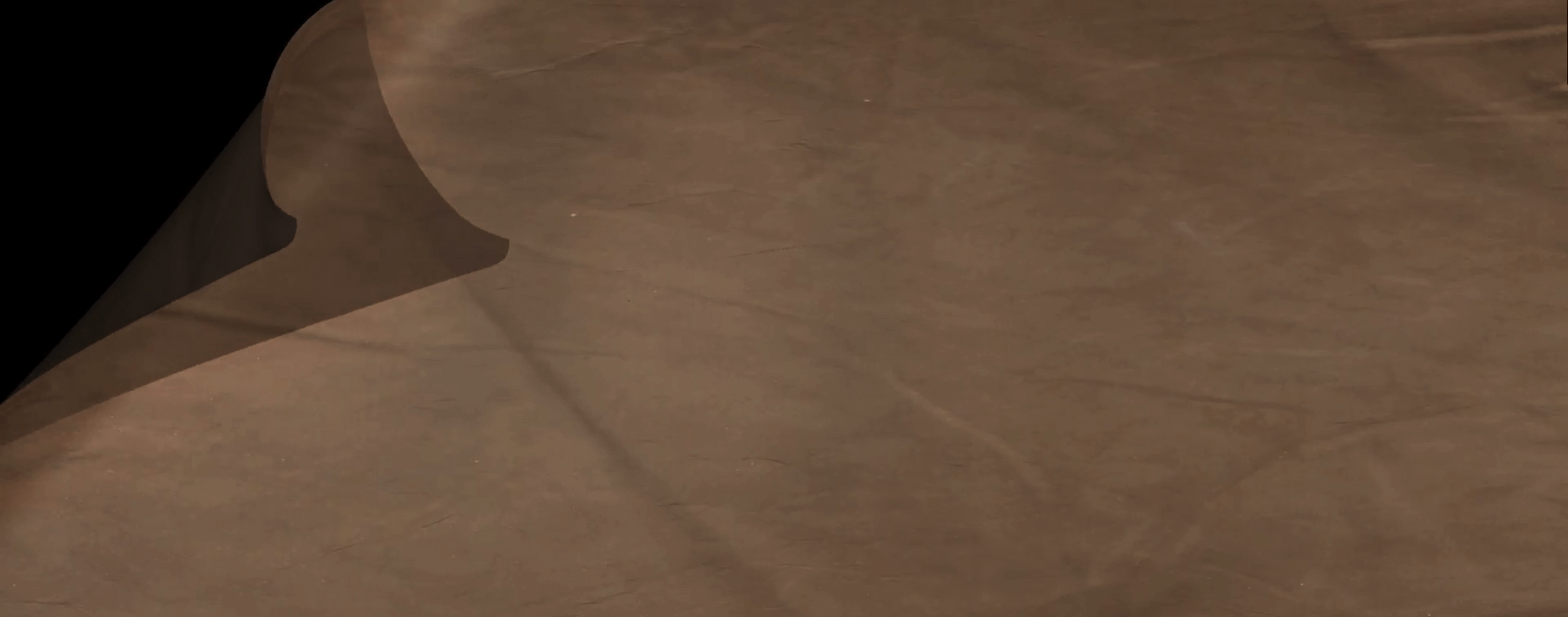
Tactility in Interactive Flash and Why It Works
Perhaps it’s this simple: paradoxes make us curious. The on-screen illusion of tactility — turning the pages of a flash-based, realistically-rendered book, for instance — is paradoxically both digital and organic, and therefore compelling. The more “real” the book, the more interesting the experience. Videogames take this idea to immersive levels; online Flash games do the same to a lesser extent. It’s this inherently appealing sense of play/exploration that, once harnessed, becomes an effective attention-grabber and -retainer in commercial contexts.
Born of the TV generation, we’ve been conditioned to ignore ads; we find them more frequently irritating than entertaining. The capabilities of Macromedia, however, make Flash a powerful online marketing tool whose products, if effectively implemented, invite consumers to play and explore. The Samsung peel-away corner seen on ChannelWeb) is a nice example of a neat Flash ad. It doesn’t get in the way of one’s browsing, but its slight animation makes one want to pull — not click — it. With the help of a good “pull”, it rolls back like a page corner to reveal the advertisement:

Speaking of interactive Flash videogames, the CMPB (California Milk Processor Board) has produced a charming, simulated board game called Get the Glass! which allows one to “shake and roll the dice” and similar. Sort of like playing a real board game, but sort of like not:

There are plenty of other clever examples of Flash “tactility,” though the best I’ve come across is the UK Mercedes-Benz website:

A touch of class indeed! Everything here, from the way one can “push in” the “seat leather” to the droplets that fall when one “wipes” condensation from “window glass” is — as described in the email passing this site around — “addictive.” What a powerful adjective in advertising!